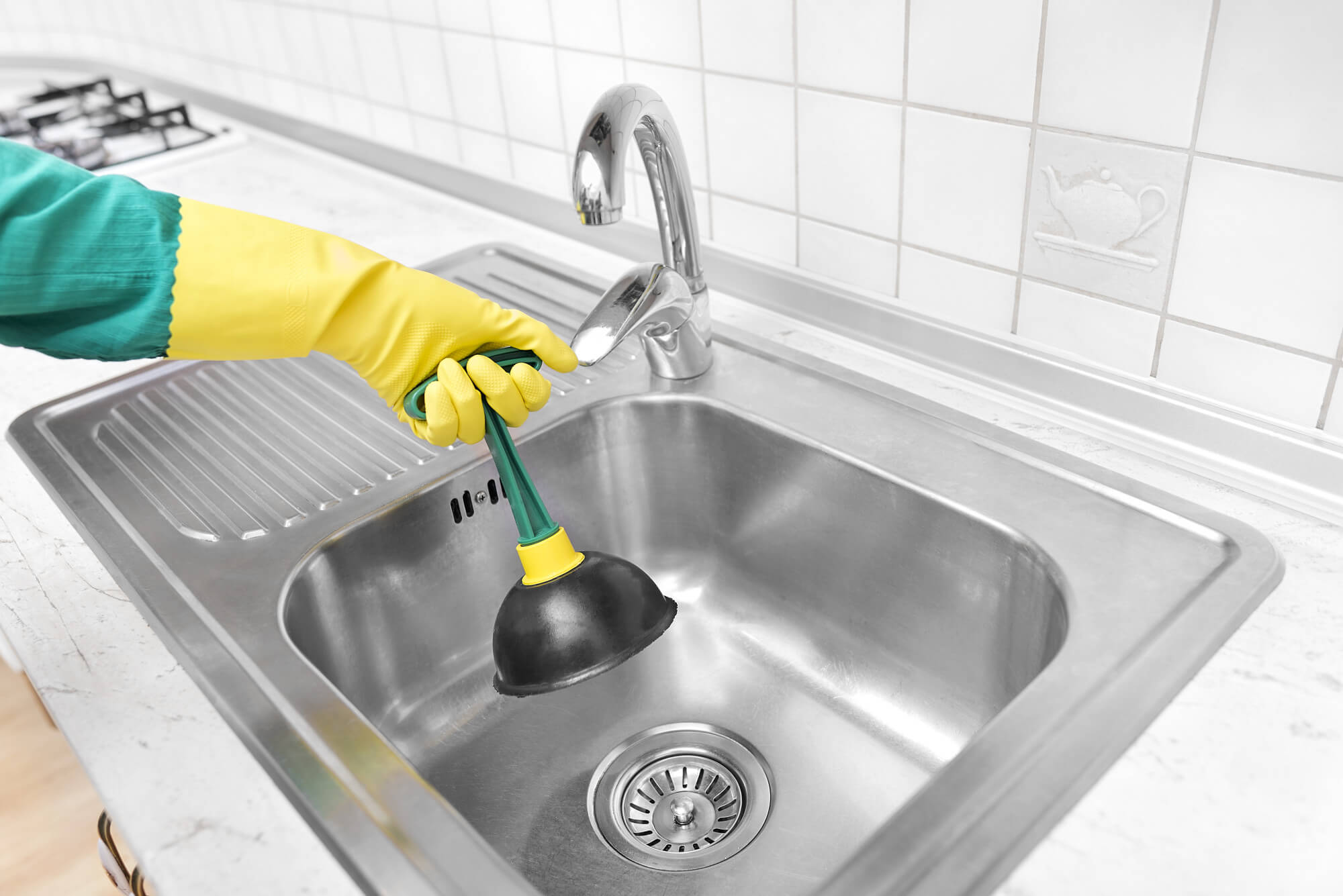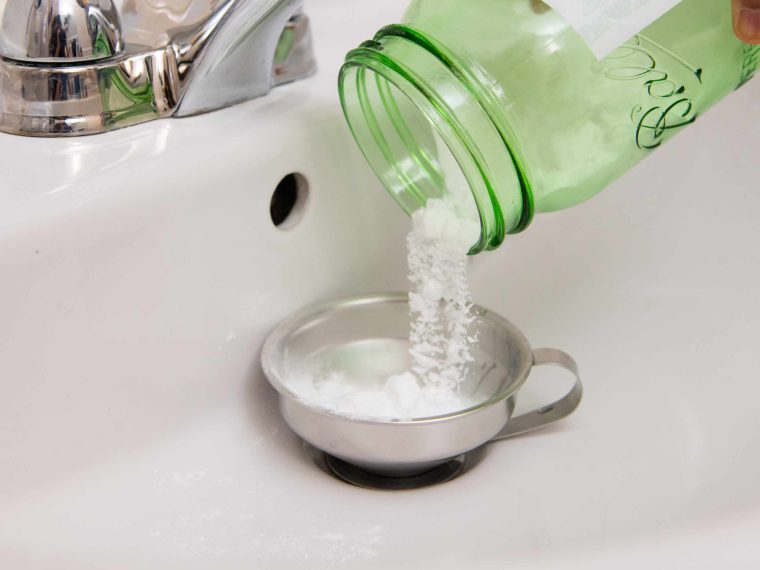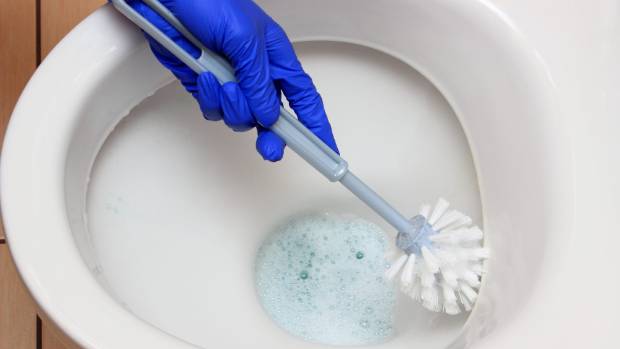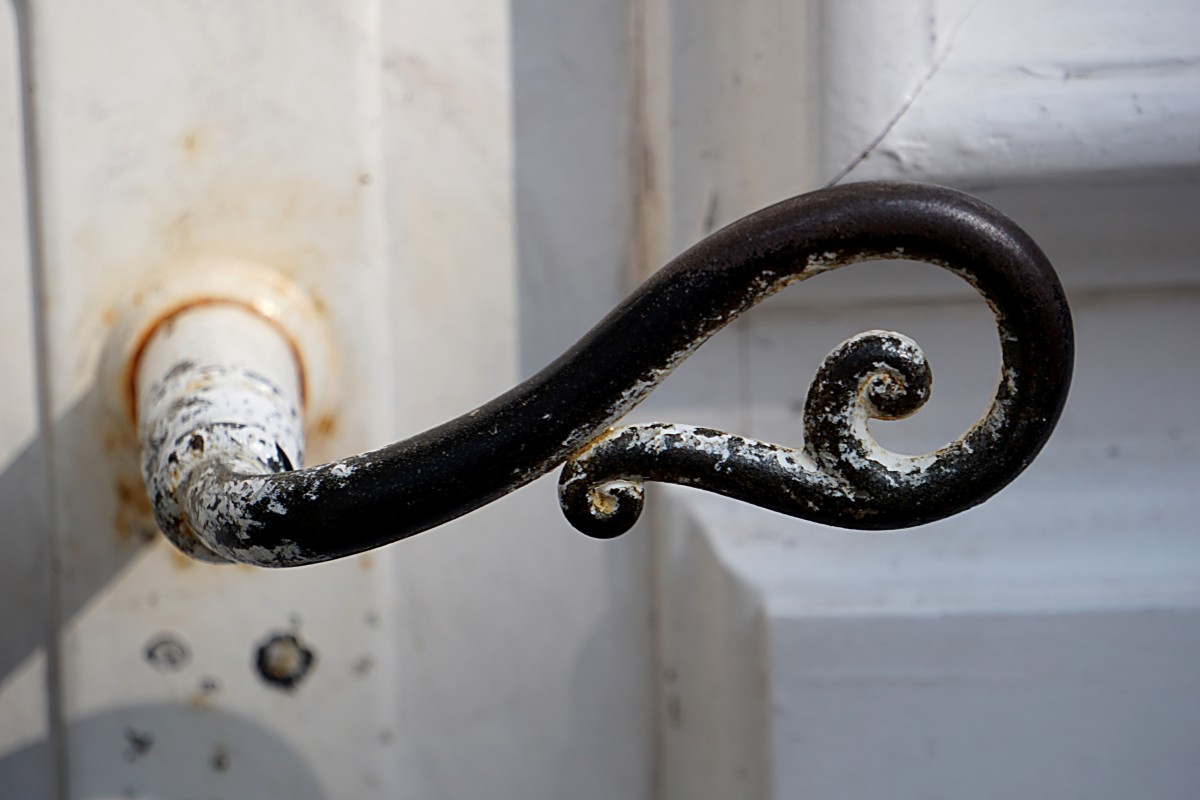Blocked drains are a common household woe that can quickly turn into a major inconvenience. Before reaching for commercial drain cleaners loaded with chemicals, consider exploring the world of do-it-yourself (DIY) solutions. In this blog post, we will delve into effective and eco-friendly methods for cleaning and unclogging your drains using simple household items. These DIY approaches not only save you money but also contribute to a more sustainable and chemical-free home environment.
Boiling Water and Baking Soda
A simple yet effective way to tackle minor clogs in your drains is by using a combination of boiling water and baking soda. Start by pouring a pot of boiling water down the drain to soften and break up any greasy substances. Follow this with a cup of baking soda, allowing it to sit for a few minutes. Then, flush the drain with another round of boiling water. This method helps dissolve buildup and debris, leaving your drains smelling fresh and flowing smoothly.
Vinegar and Baking Soda
The dynamic duo of vinegar and baking soda is a classic combination that can unclog drains and eliminate unpleasant odors. Begin by pouring a cup of baking soda down the drain, followed by a cup of vinegar. The chemical reaction between the two produces a fizzing action that helps break down and dislodge blockages. Allow the mixture to sit for about 15 minutes before flushing the drain with hot water. This method is not only effective but also safe for your pipes and the environment.
Salt and Hot Water
For drains plagued by minor clogs and unpleasant odors, a solution of salt and hot water can work wonders. Combine half a cup of salt with boiling water and pour it down the drain. The coarse texture of salt acts as a natural abrasive, helping to scrub away debris clinging to the pipe walls. This method is particularly effective for kitchen sinks dealing with grease buildup.
Wire Hanger or Zip Tie
For hair clogs that often afflict bathroom drains, a simple wire hanger or zip tie can be surprisingly effective. Straighten out the hanger or insert the zip tie into the drain, moving it around to catch and pull up hair and debris. While this method requires a bit of manual effort, it’s a cost-effective and environmentally friendly way to address hair-related clogs without resorting to harsh chemicals.

Plunger Power
A plunger isn’t just for toilets; it can also be a valuable tool for unclogging sinks and tubs. Ensure there is enough water in the sink or tub to cover the rubber portion of the plunger, creating a seal. Use quick, forceful plunges to dislodge the clog. This method is particularly effective for dealing with blockages caused by a combination of hair, soap scum, and other debris.
Wet-Dry Vacuum
If you have a wet-dry vacuum at your disposal, it can be a powerful tool for removing clogs. Set the vacuum to liquid mode and create a tight seal over the drain. The vacuum can help draw out the clog, especially if it’s a combination of solid material and water. Be sure to cover the vent to avoid a mess, and empty the vacuum immediately afterward.
DIY Enzyme Cleaner
For regular maintenance and prevention of clogs, consider creating your own enzyme cleaner. Mix equal parts water and brown sugar in a jar and add citrus peels. Let the mixture sit for a few weeks until it ferments. Use a cup of this natural enzyme cleaner regularly to keep your drains clear and discourage the buildup of organic matter.
Bent Wire or Zip-It Tool
For deep-seated clogs, a bent wire or a tool specifically designed for drain cleaning, such as a Zip-It, can be effective. Insert the tool into the drain and pull it back to remove hair and debris. These tools are readily available at hardware stores and can be a valuable addition to your DIY drain-cleaning arsenal.
Maintaining clear and unclogged drains doesn’t always require a trip to the store for harsh chemicals. With a bit of creativity and household items, you can address minor clogs and keep your drains flowing smoothly. These DIY methods not only save you money but also contribute to a healthier and more environmentally friendly home. The next time you face a drain dilemma, consider reaching for these simple yet effective solutions to clear the way for a well-functioning plumbing system.





